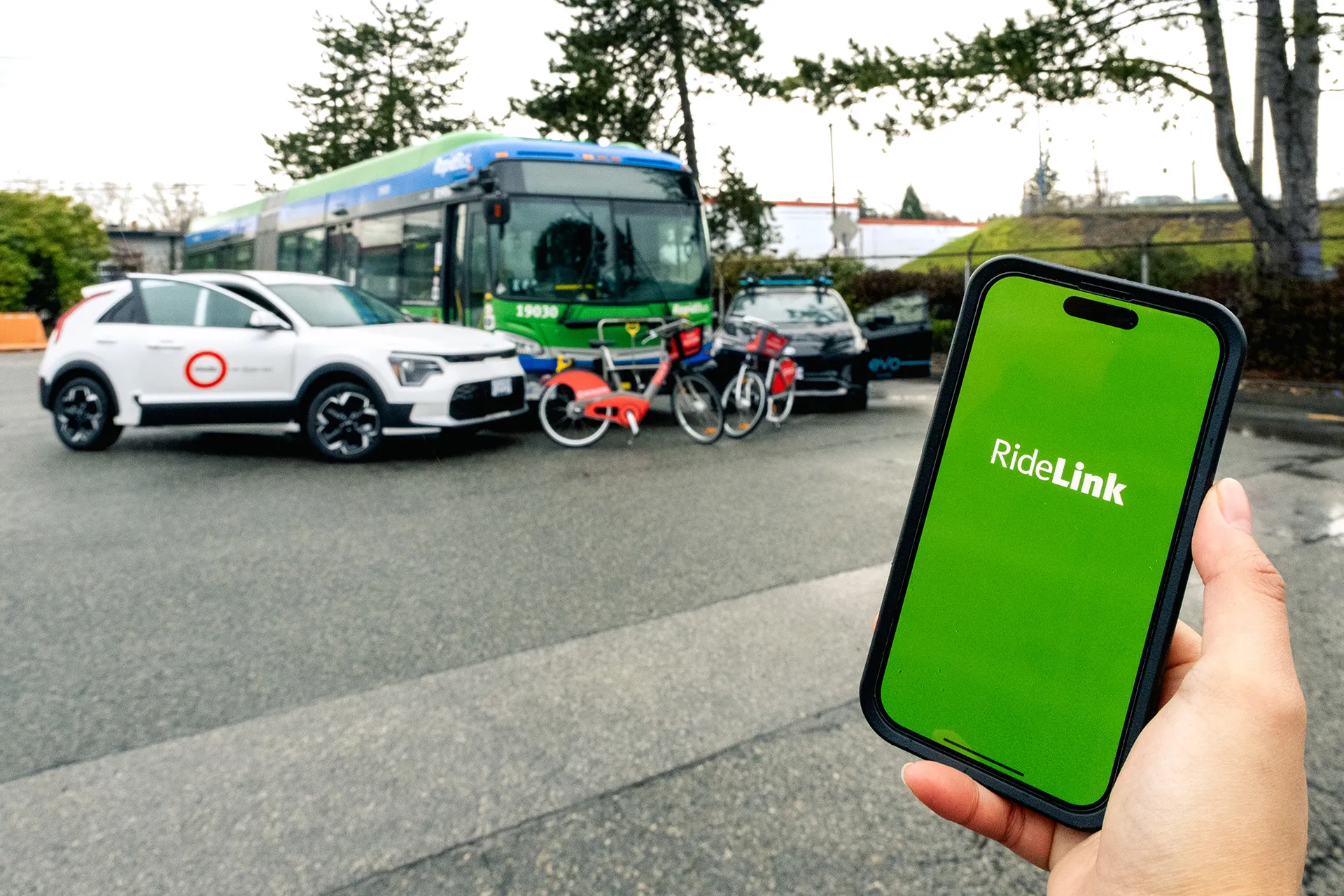Chameleon3 CM3-U3-13Y3 models are based on colour and monochrome versions of ON Semiconductor’s Python1300, a half-inch global shutter CMOS sensor featuring 1280 x 1024 image resolution. The camera can run at 149 FPS with full resolution or up to 470 FPS in pixel binning mode.
Available in a 44 x 35 x 19.5mm case or as a 40 x 31 mm board stack, the Chameleon3 is suited many space-constrained applications with standard features including on-camera frame buffer for image retransmission and opto-isolated GPIO with locking connection.
New 1.3 MP Chameleon USB3 camera from Point Grey
Point Grey has added a 1.3 MP global shutter CMOS to its Chameleon3 family of USB3 Vision cameras, which is said to combine USB 3.0 ease-of-use and the most popular CCD and CMOS image sensors in a small and flexibility board-level and an affordable package.
November 12, 2015
Read time: 1 min










